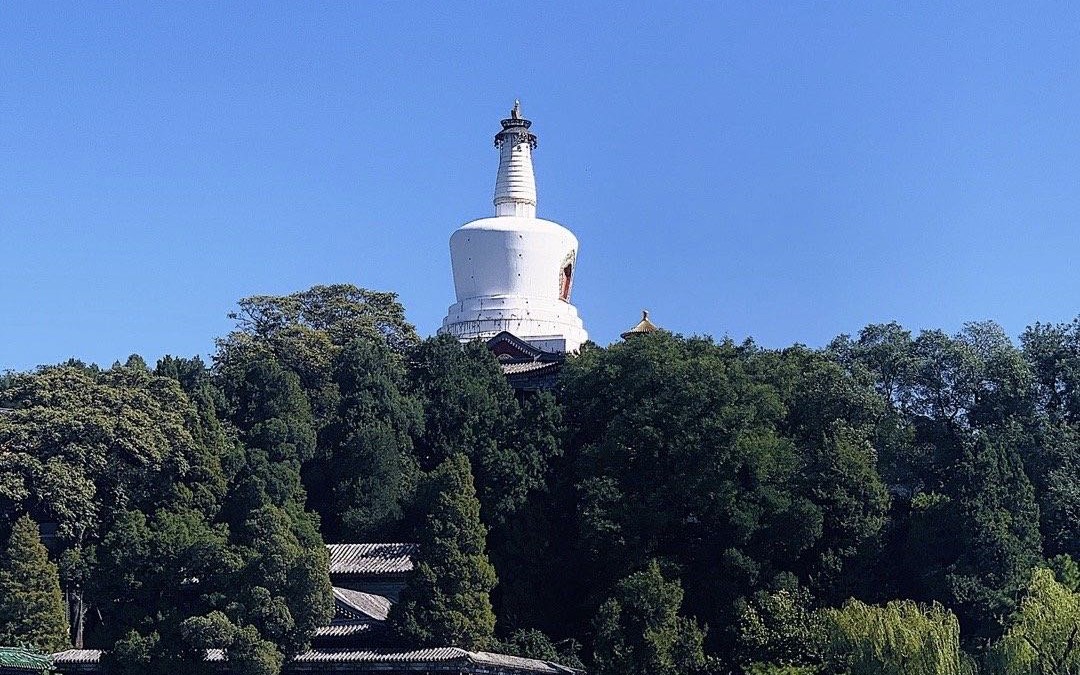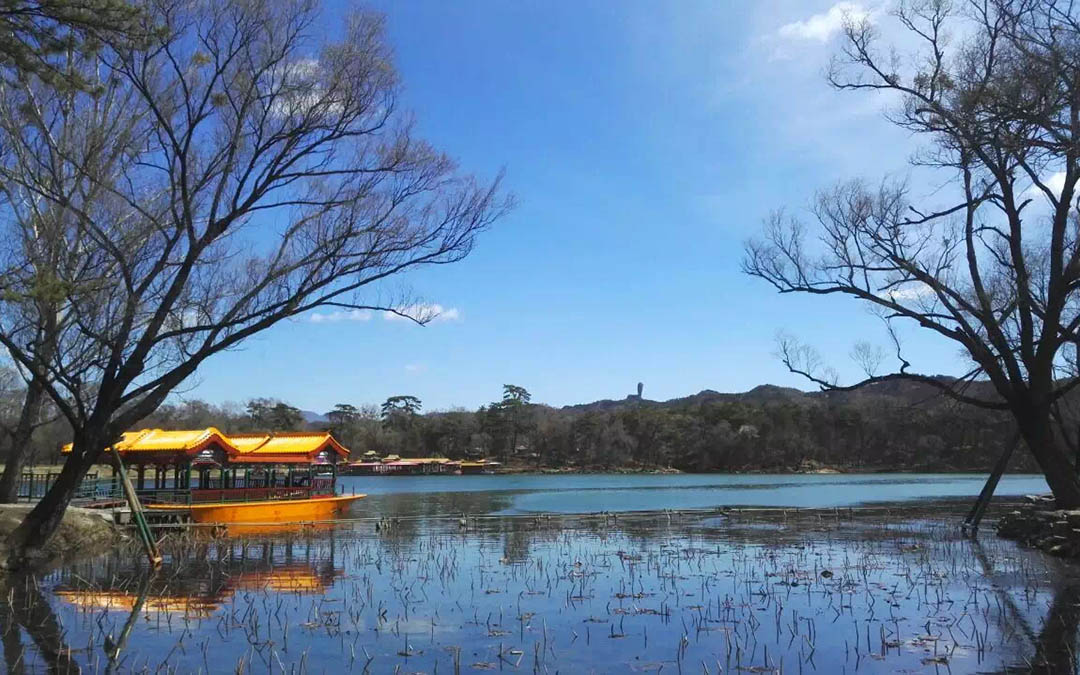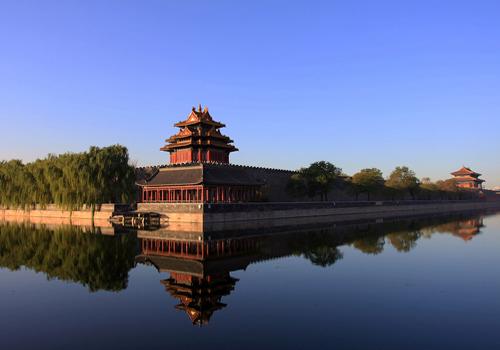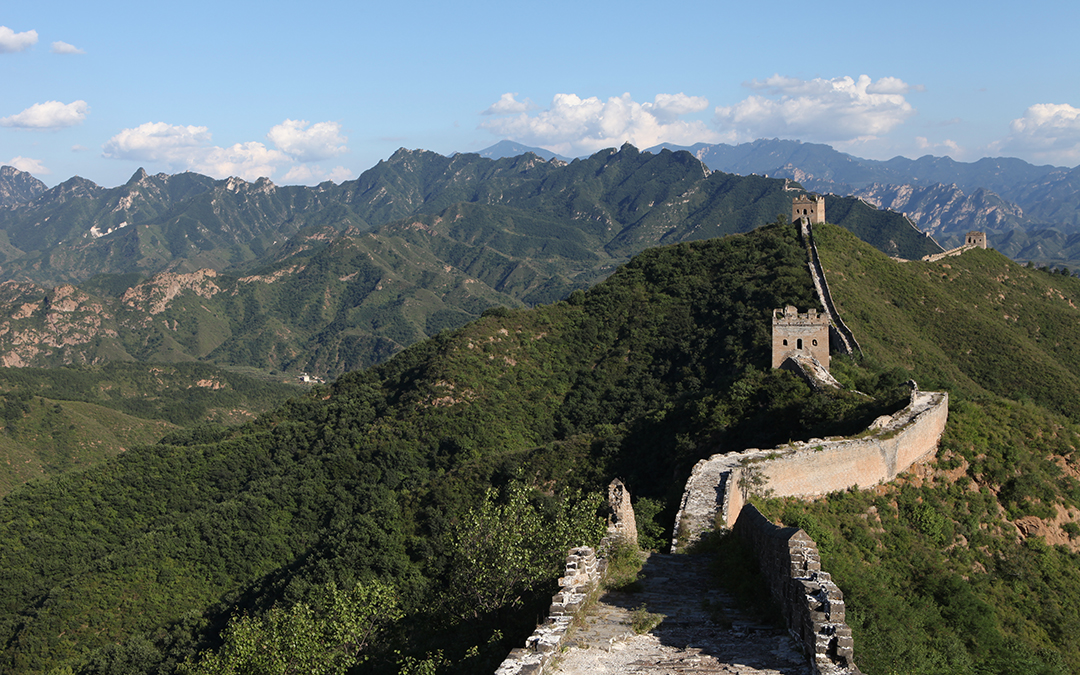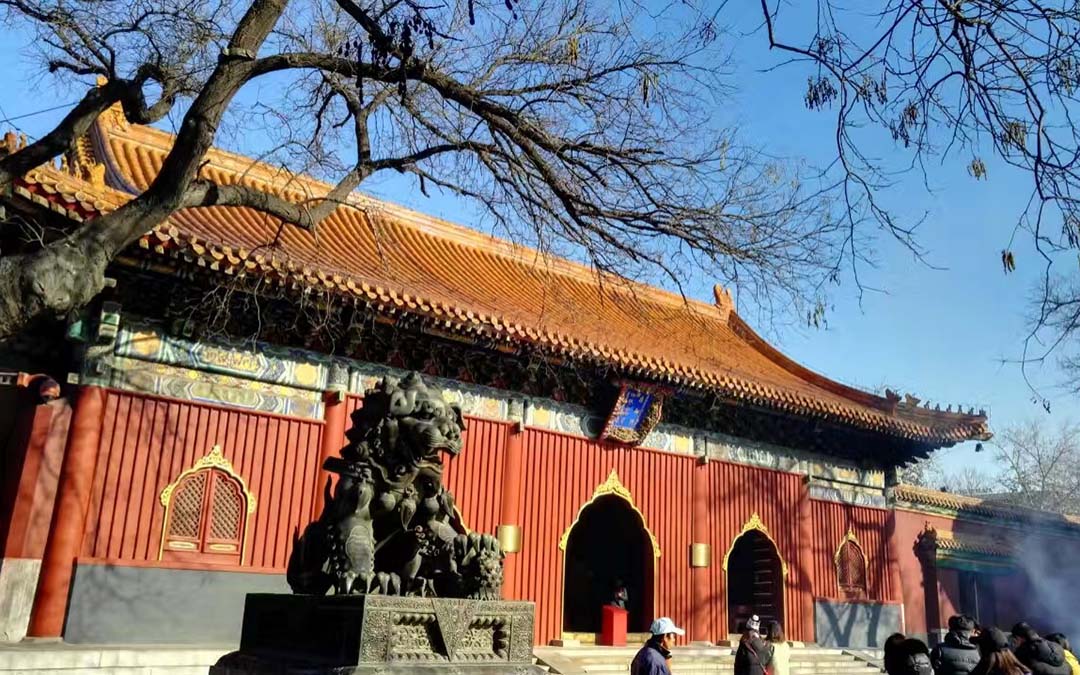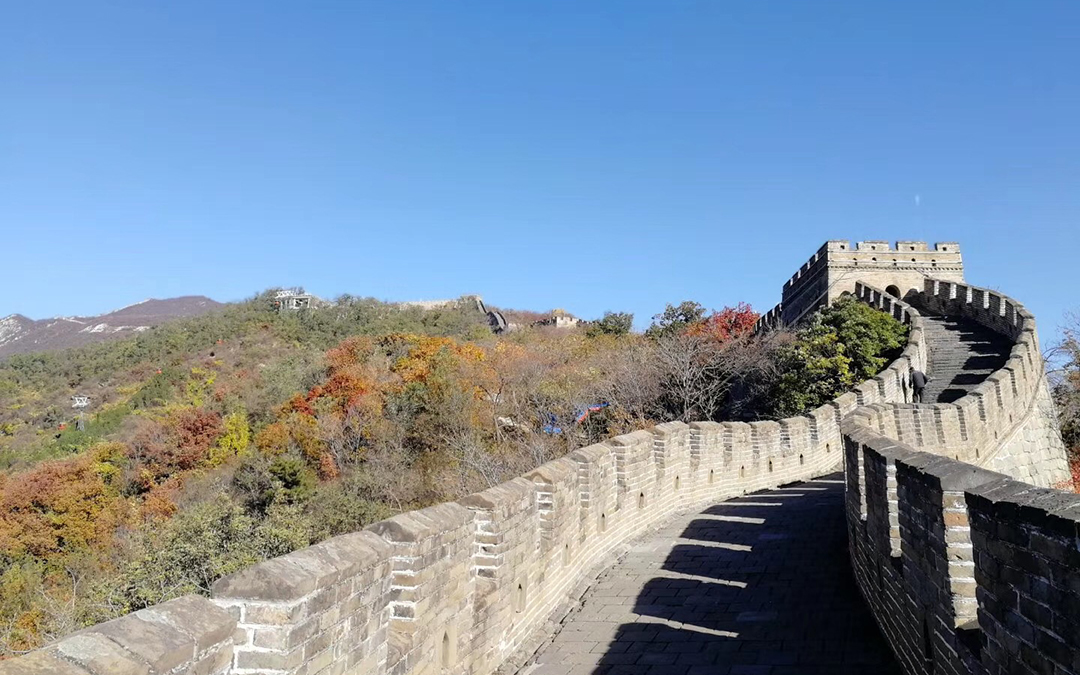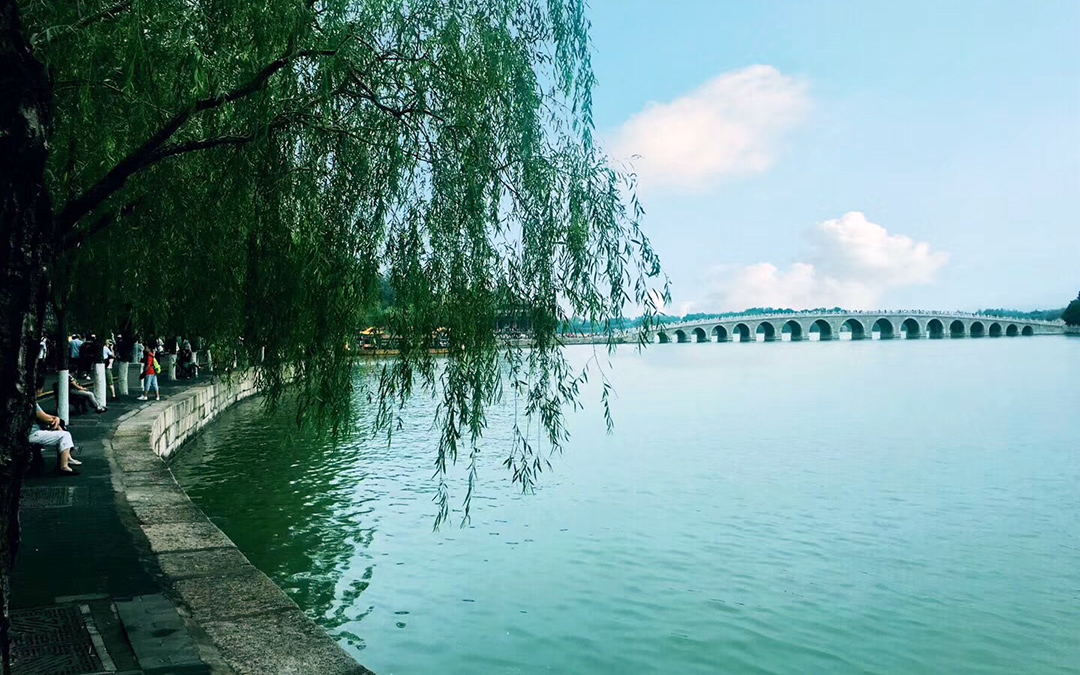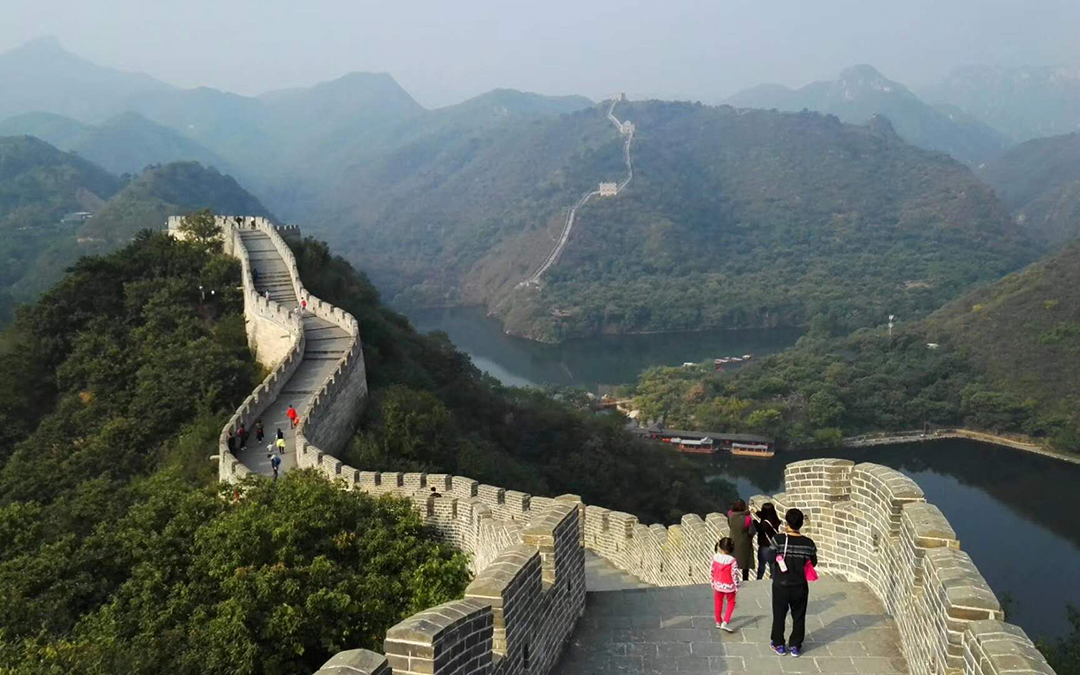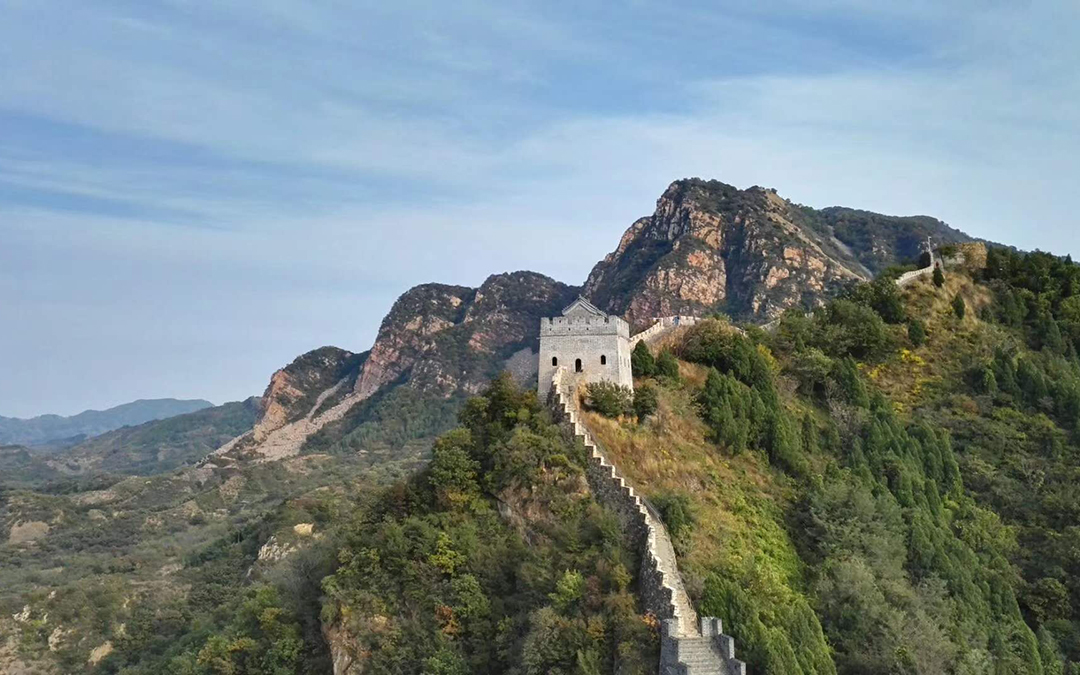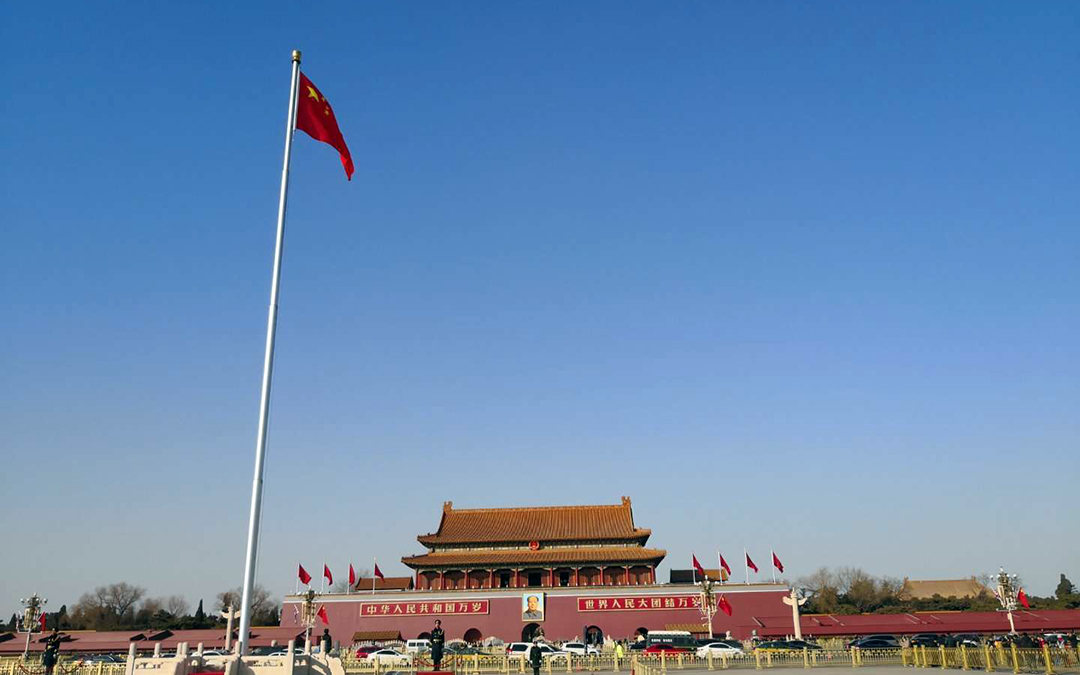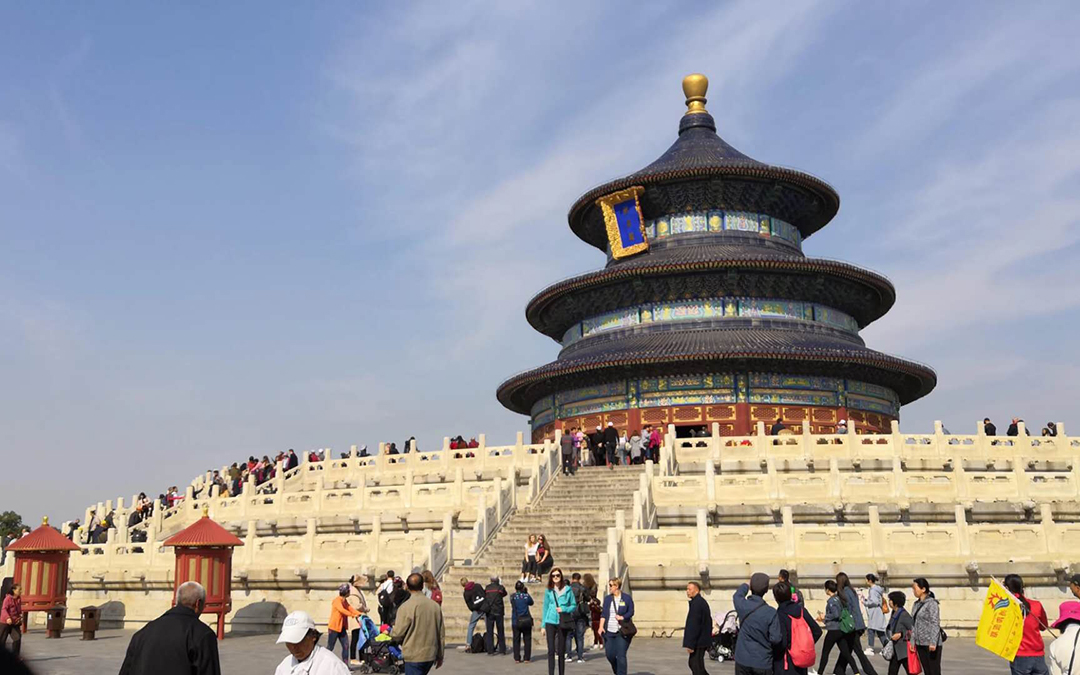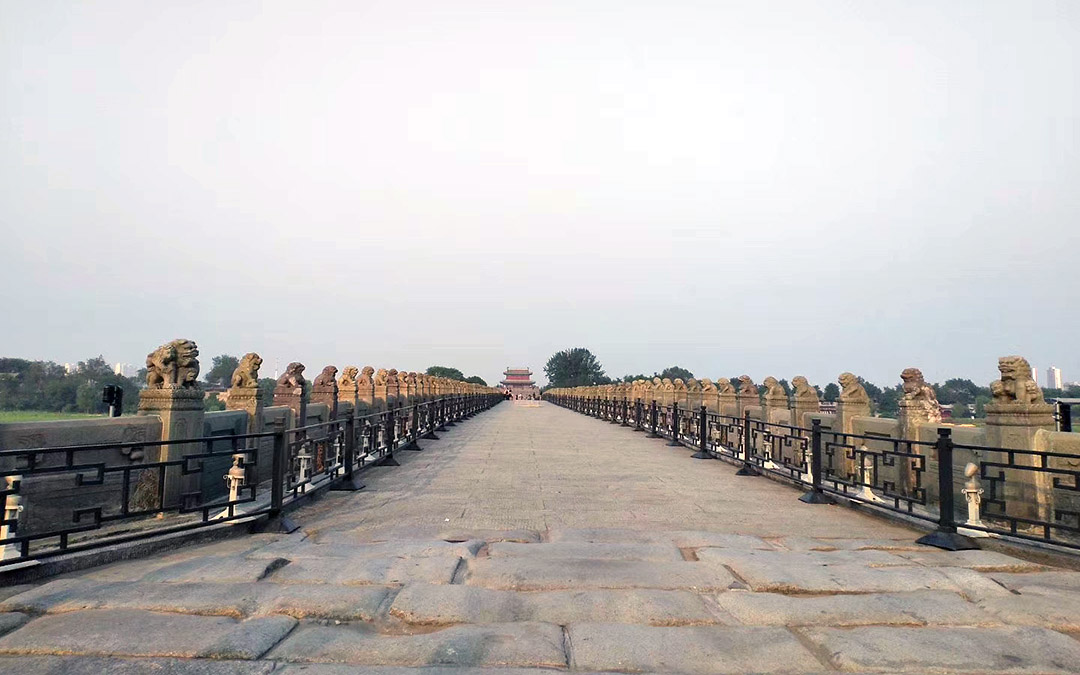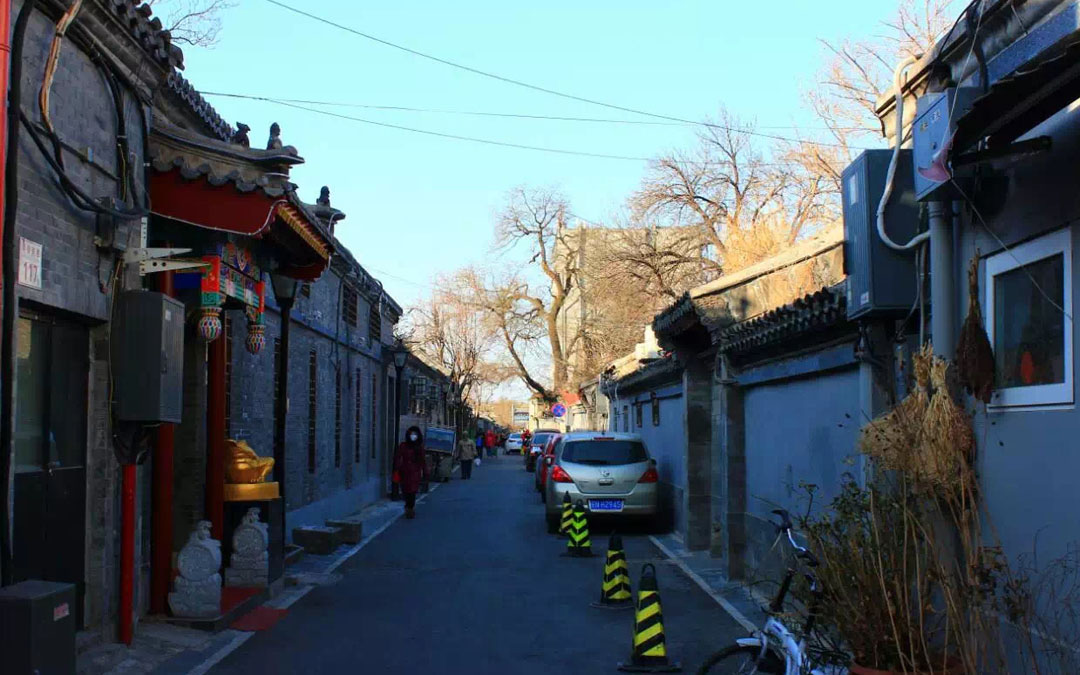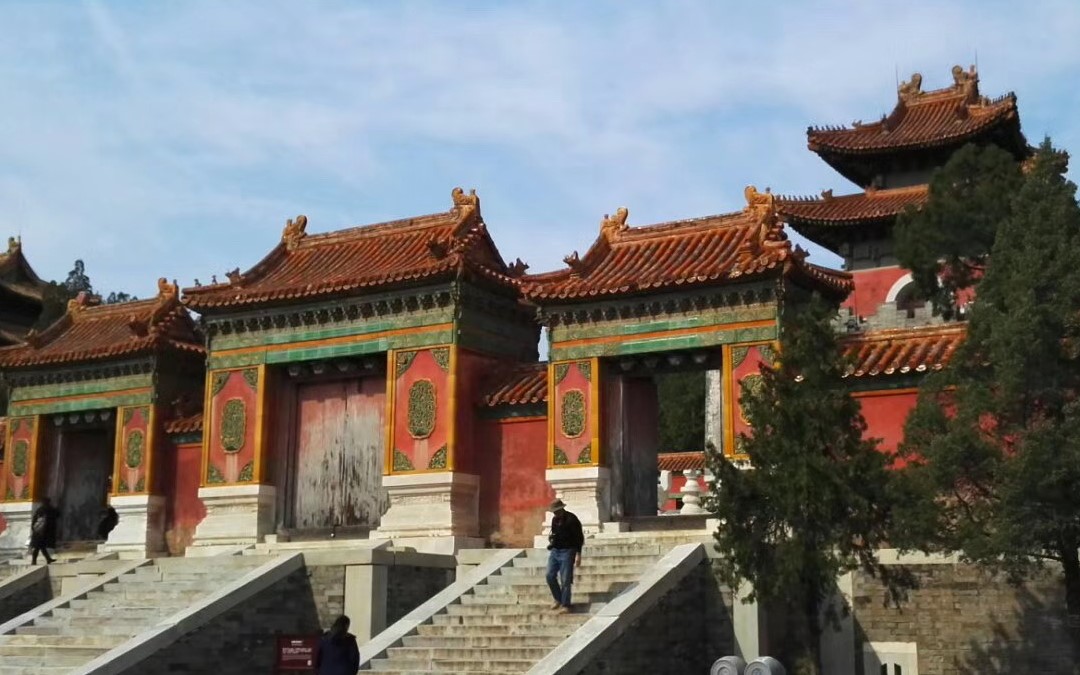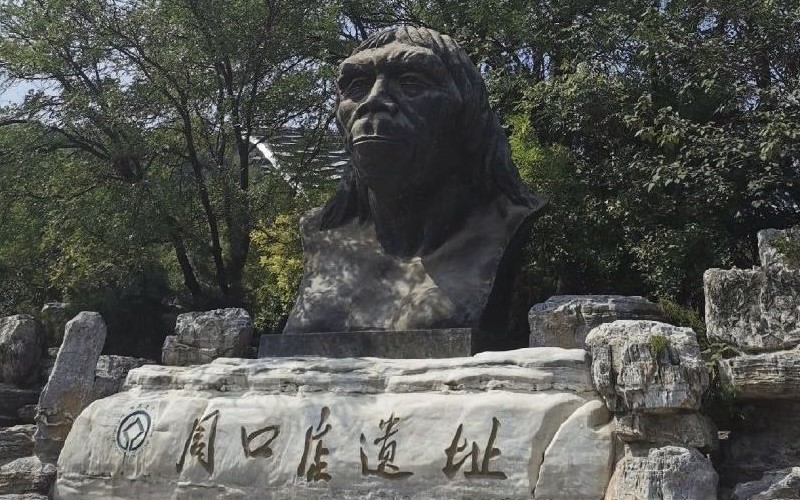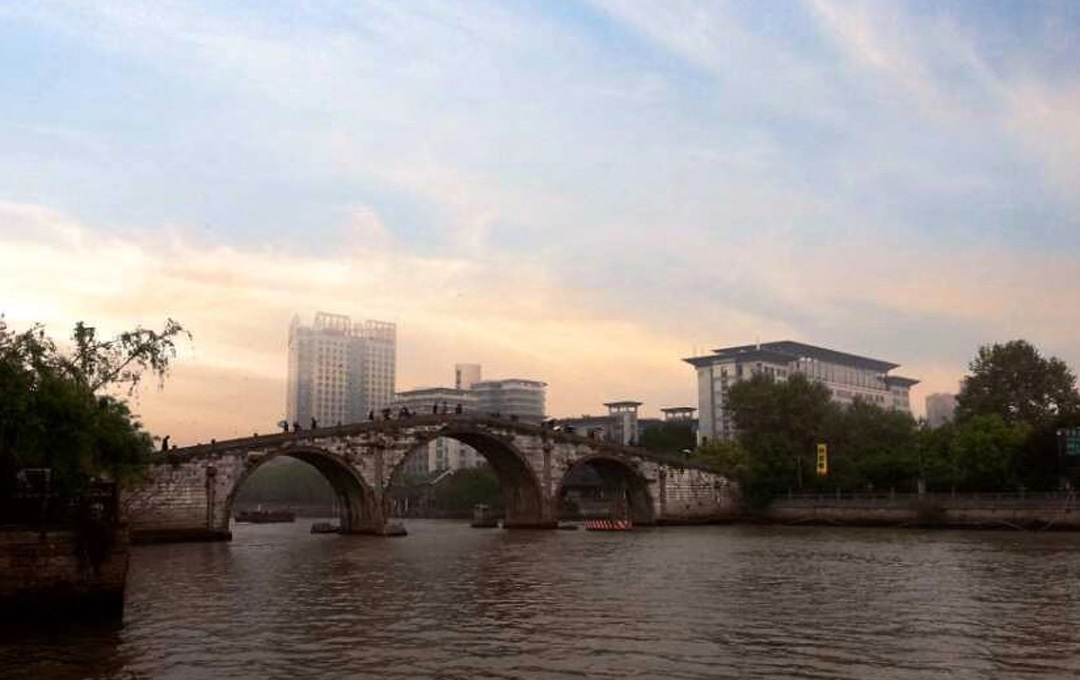Province: Municipality of Beijing
Population: 20 million
History of Beijing
The earliest traces of human habitation in the Beijing municipality were found in the caves of Dragon Bone Hill near the village of Zhoukoudian where Peking Man lived 250,000 years ago. There were numerous small kingdoms established around Beijing in the history. However, it did not played important role until Mongols declared here the capital of Yuan Dynasty. In 1264, in preparation for the conquest of all of China to establish the Yuan Dynasty, Kublai Khan decided to build a new capital. His capital, Dadu or Daidu (today’s Beijing) to the Mongols, was completed in 1293. Kublai Khan's decision greatly enhanced the status of a city on the northern fringe of China proper.
In 1368, Zhu Yuanzhang, the first emperor of Ming Dynasty declared Nanjing to be the capital after he drove out Mongols. In 1403, the new (and third) Ming emperor – the Yongle Emperor –designated Beijing the co-capital, alongside the current capital of Nanjing. Beijing was the site of a major construction project for a new Imperial residence, the Forbidden City that lasted nearly 15 years, from 1406 to 1420.When the palace was finished, the Yongle Emperor ceremoniously took up residence.
The end of the Ming came in 1644, when Li Zicheng's peasant army captured and held Beijing for 40 days, and overthrew the government. When the powerful Manchu army arrived at the outskirts, Li and his followers abandoned the city, allowing the Manchus, under Prince Dorgon, to capture Beijing without a fight.
When Dorgon established the Qing Dynasty as the direct successor of the Ming, Beijing remained China's capital. The Qing emperors made some modifications to the Imperial residence, but in large part, the Ming buildings and the general layout remained unchanged.
The fomenters of the Xinhai Revolution of 1911 sought to replace Qing rule with a republic, and capital remained at Beijing. China then fell under the control of regional warlords. During Second World War, Japanese invaded Beijing. On January 31, 1949, during the Chinese Civil War, Communist forces seized control of the city peacefully in the Pingjin Campaign. On October 1 of the same year, the Communist Party of China, under the leadership of Mao Zedong, announced in Tiananmen the creation of the People's Republic of China and renamed the city back to Beijing. Just a few days earlier, the Chinese People's Political Consultative Conferences had decided that Beijing would be the capital of the new government. Since then it became the capital of PRC.


